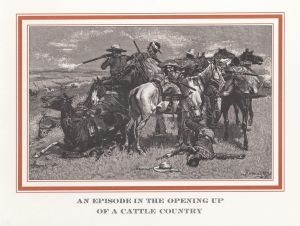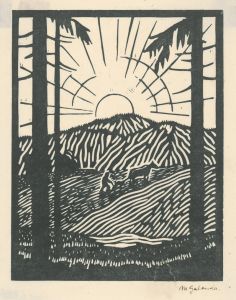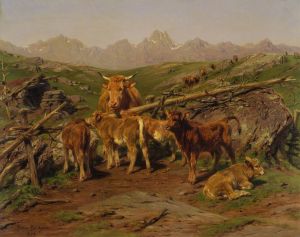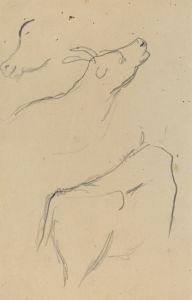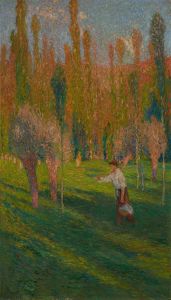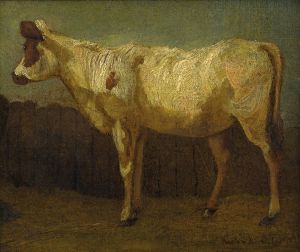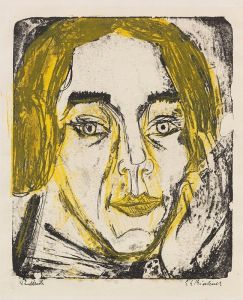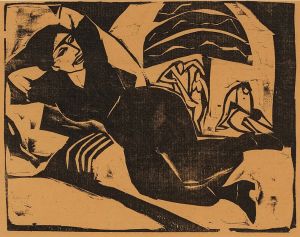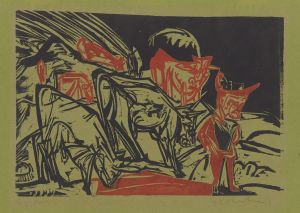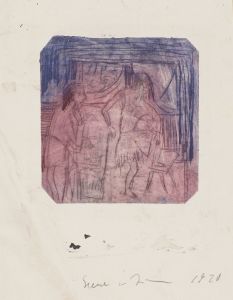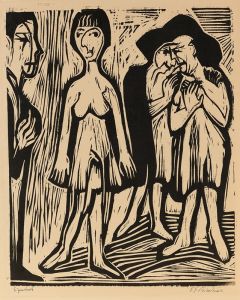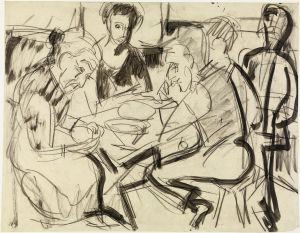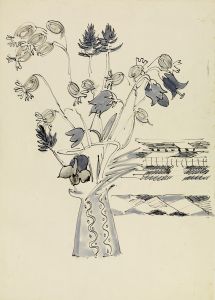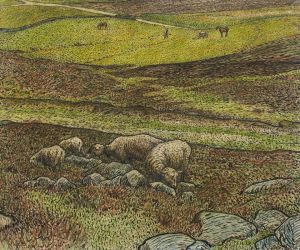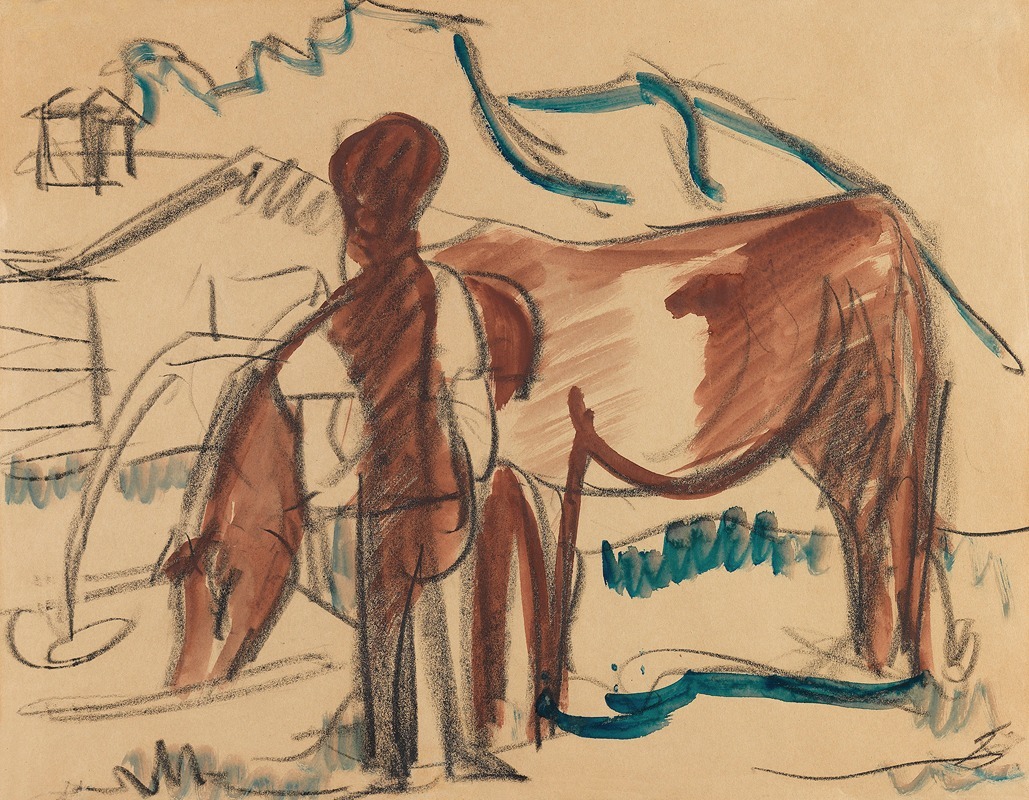
Bauer und trinkende Kuh
A hand-painted replica of Ernst Ludwig Kirchner’s masterpiece Bauer und trinkende Kuh, meticulously crafted by professional artists to capture the true essence of the original. Each piece is created with museum-quality canvas and rare mineral pigments, carefully painted by experienced artists with delicate brushstrokes and rich, layered colors to perfectly recreate the texture of the original artwork. Unlike machine-printed reproductions, this hand-painted version brings the painting to life, infused with the artist’s emotions and skill in every stroke. Whether for personal collection or home decoration, it instantly elevates the artistic atmosphere of any space.
Ernst Ludwig Kirchner, a prominent German expressionist painter and one of the founding members of the artist group Die Brücke, created the painting "Bauer und trinkende Kuh" (Farmer and Drinking Cow). Kirchner was known for his vivid use of color and dynamic compositions, which were instrumental in the development of early 20th-century expressionism. His works often depicted scenes of urban life, landscapes, and nudes, characterized by bold colors and expressive forms.
"Bauer und trinkende Kuh" is one of Kirchner's works that reflects his interest in rural themes, a subject he explored during various periods of his career. The painting features a farmer and a cow, capturing a moment of interaction between man and nature. This theme is consistent with Kirchner's exploration of the relationship between humans and their environment, a recurring motif in his oeuvre.
Kirchner's style was heavily influenced by the works of Edvard Munch and the Fauvist movement, which is evident in his use of exaggerated colors and forms to convey emotional depth. In "Bauer und trinkende Kuh," the use of color is likely to be expressive rather than realistic, a hallmark of Kirchner's approach to painting. His brushwork is typically vigorous and dynamic, contributing to the overall sense of movement and life within the scene.
The context of Kirchner's life during the creation of this painting is significant. After the dissolution of Die Brücke in 1913, Kirchner moved to Berlin, where he experienced both artistic success and personal turmoil. The outbreak of World War I and his subsequent enlistment had a profound impact on his mental health, leading to a nervous breakdown. During his recovery, Kirchner spent time in the Swiss Alps, where he found solace and inspiration in the natural landscape. This period marked a shift in his work, as he began to focus more on rural and pastoral scenes, possibly including "Bauer und trinkende Kuh."
Kirchner's contribution to art was recognized during his lifetime, but his career was marred by the rise of the Nazi regime in Germany. His works were labeled as "degenerate art," and many were confiscated from museums. Despite these challenges, Kirchner continued to paint until his death in 1938. Today, his works are celebrated for their innovative style and emotional intensity, and they hold a significant place in the history of modern art.
"Bauer und trinkende Kuh" exemplifies Kirchner's ability to capture the essence of his subjects through expressive color and form. While specific details about the painting's creation and current location may not be widely documented, it remains an important part of Kirchner's body of work, reflecting his enduring fascination with the interplay between humans and nature.





